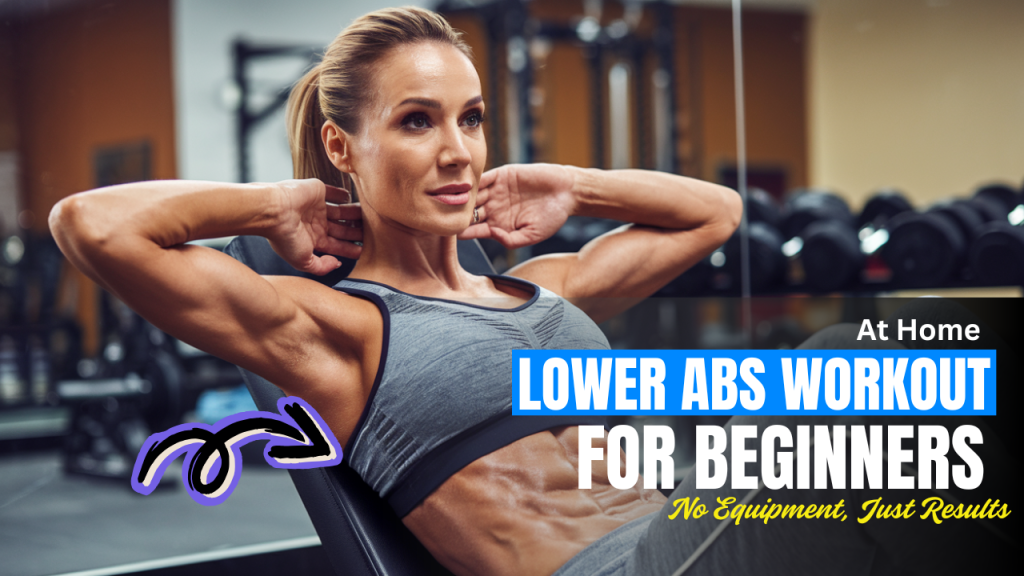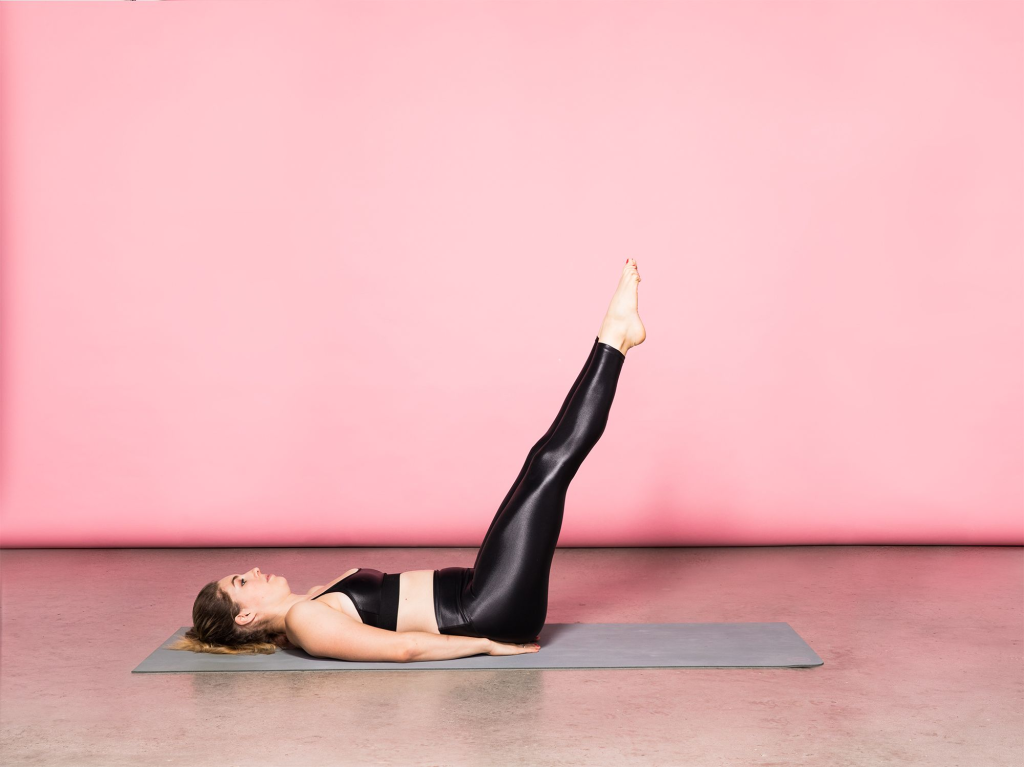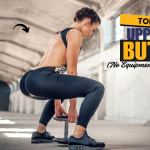“Tired of belly bulge that just won’t budge? What if the secret isn’t doing more, but doing it smarter—without a single piece of gym equipment?”
Welcome to the ultimate beginner’s guide to lower abs workouts at home. If you’ve struggled with stubborn lower belly fat, felt overwhelmed by complex gym routines, or believed that a six-pack is only for the genetically gifted, this post will change your perspective.

What Can Happen After 30 Days of This Lower Abs Workout
| Benefit | What You May Notice |
|---|---|
| Stronger Core Muscles | Improved stability and ease in daily movements like bending, lifting, and twisting. |
| Better Posture | Reduced slouching due to stronger abdominal and spinal support. |
| Flatter-Looking Midsection | Mild reduction in lower belly bloat and better muscle tone (if combined with clean eating). |
| Increased Workout Endurance | You’ll be able to do more reps and rounds without tiring quickly. |
| Visible Lower Abs Definition | Slight muscle visibility may begin to appear, especially with consistent effort and a balanced diet. |
| Reduced Lower Back Pain | Core support relieves tension in the lumbar spine for many beginners. |
| More Confidence & Motivation | Seeing and feeling progress often leads to better mood and stronger workout habits. |
| Stronger Mind-Muscle Connection | Improved control and awareness while performing exercises—key for future progress. |
Note: Results may vary depending on body type, nutrition, consistency, and lifestyle factors.
The Truth About Lower Abs: Do You Know?
Myth: You can spot-reduce fat by doing hundreds of crunches.
Truth: Spot reduction is a myth. However, targeted lower abs workouts strengthen and sculpt the underlying muscles, which—combined with a healthy lifestyle—can give your core that flat, firm look.
Interestingly, your lower abs are often the last to show and the first to store fat. But with the right strategy, consistency, and focus on form, visible change can happen—even from your living room.
Why Focus on Lower Abs?
The lower abdominal muscles, specifically the lower portion of the rectus abdominis, play a crucial role in:
- Core stability
- Spinal support
- Pelvic control
- Postural alignment
Weak lower abs can contribute to poor posture, back pain, and a higher risk of injury. So, beyond aesthetics, training this area boosts daily functionality and athletic performance.
No Equipment, No Excuses: Lower Abs Workout for Beginners
You don’t need a gym, trainer, or any equipment. Just your body, a mat, and 10–15 minutes a day.
Quick Tip Before You Start:
Focus on slow, controlled movements. Rushing through reps reduces effectiveness and increases the risk of injury.
Lower Abs Home Workout Routine (Beginner-Friendly)
Perform this circuit 2–3 times with 30 seconds rest between exercises. Start with 10–15 reps per move.
1. Leg Raises
Targets: Lower abs, hip flexors
How to:

- Lie flat on your back with arms at your sides.
- Slowly lift your legs to 90°, keeping them straight.
- Lower them back down without letting them touch the floor.
Why it works: Builds strength in the lower core and improves control.
2. Reverse Crunches
Targets: Lower rectus abdominis
How to:

- Lie on your back, knees bent at 90°.
- Lift your hips off the ground as you bring your knees toward your chest.
- Lower with control.
Interesting Fact: This move activates more lower ab muscle fibers than standard crunches!
3. Flutter Kicks
Targets: Lower abs, thighs
How to:

- Lie down and lift your legs a few inches off the floor.
- Alternate kicking up and down quickly but controlled.
Tip: Keep your lower back pressed into the floor to avoid strain.
4. Toe Reaches
Targets: Upper and lower abs coordination
How to:

- Lie down with legs extended toward the ceiling.
- Crunch upward, reaching your hands to your toes.
Bonus: Enhances full ab engagement while still hitting the lower section.
5. Seated In-and-Outs
Targets: Lower abs, balance
How to:

- Sit on your mat, and lean slightly back with your hands on the floor behind you.
- Extend your legs out and bring them back in, knees toward your chest.
Why beginners love it: Easier than V-ups but just as effective.
6. Plank with Knee Tucks
Targets: Core, lower abs, shoulders
How to:

- Start in a plank position.
- Bring one knee toward your chest, return, and alternate.
Why it’s unique: Adds a dynamic challenge to traditional plank work.
Beginner Weekly Schedule (No Burnout Plan)
| Day | Activity |
|---|---|
| Monday | Full routine (2 rounds) |
| Tuesday | Active rest (light walk/stretch) |
| Wednesday | Full routine (3 rounds) |
| Thursday | Rest |
| Friday | Full routine (2 rounds) |
| Saturday | Optional repeat or light yoga |
| Sunday | Full rest |
Common Myths—Busted
“If I do ab workouts every day, I’ll get a six-pack faster.”
Truth: Muscles need recovery to grow. Overtraining leads to fatigue, not faster results.
“Lower belly pooch = fat only.”
Truth: It can also be caused by weak core muscles, poor posture, or even bloating. Strengthening and stretching are both essential.
Did You Know?
- The rectus abdominis is a single muscle—not divided into upper and lower abs. Targeted exercises emphasize different areas but ultimately work the same muscle.
- Women’s bodies tend to store more fat in the lower belly due to estrogen—so progress may differ between genders.
Recovery = Results
Your abs are like any other muscle group. Don’t skip:
- Stretching: Cobra pose, child’s pose, and lying spinal twists help reduce tightness.
- Hydration: Flushes toxins and reduces bloating.
- Sleep: Muscle repair and fat-burning hormones are released during quality sleep.
Final Thoughts: It’s About Progress, Not Perfection
Your journey to strong, visible lower abs starts with small, consistent steps. Forget chasing six-packs overnight—chase strength, discipline, and better movement.
No gym. No excuses. Just results.
Frequently Asked Questions (FAQs)
Can I lose lower belly fat with these workouts alone?
Not entirely. While these workouts strengthen and tone your lower abs, losing belly fat also requires a calorie-controlled diet, regular cardio, and lifestyle changes. You can’t spot-reduce fat, but you can build muscle and improve core definition.
How often should I do these lower abs exercises?
For beginners, 2–3 times per week is ideal. This gives your muscles enough time to recover and grow. As you get stronger, you can increase the frequency to 3–4 times per week.
How long will it take to see results?
It varies based on factors like diet, body type, and consistency. Some people see improved core strength in 2–3 weeks and visible changes in 6–8 weeks when combined with a healthy lifestyle.
Do I need to warm up before starting?
Yes. A 5-minute warm-up with light cardio (like jogging in place or jumping jacks) and dynamic stretches prepares your body, improves performance, and reduces the risk of injury.
Are these workouts safe for people with back pain?
They can be, but caution is key. Focus on proper form, avoid exercises that arch the lower back excessively, and consult with a healthcare provider if you have chronic or severe pain.
What’s the difference between upper abs and lower abs workouts?
They target different parts of the same muscle—the rectus abdominis. Upper abs workouts involve more spinal flexion (like crunches), while lower abs moves engage the pelvis and legs more actively.
Can women do these exercises after pregnancy?
Yes, but it’s essential to wait until after postpartum recovery and get clearance from a doctor. For some women, special attention may be needed for conditions like diastasis recti.
Will these workouts give me a six-pack?
They help build the foundation for one, but visible abs depend heavily on body fat percentage. A clean diet, full-body workouts, and overall fat loss are key contributors.
Should I use weights later on for better results?
Once you’ve mastered bodyweight form, adding light weights or resistance bands can intensify your workout and promote further muscle growth and definition.
What should I eat before and after the workout?
Eat a light snack 30–60 minutes before (like a banana or oats) for energy. After the workout, aim for a mix of protein and healthy carbs (like Greek yogurt with berries) to support recovery.





